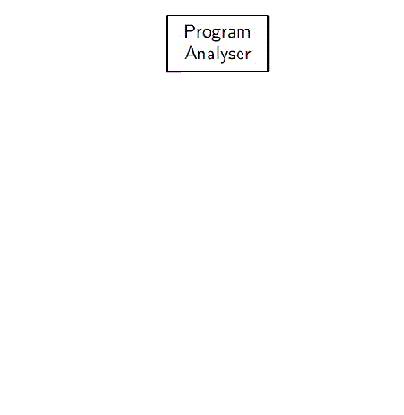
Dmytro Zinoviev
| Faculty: | Computer Sciences and Technologies |
| Department: | Automated Control Systems |
| Speciality: | Information Control Systems and Technologies |
| Theme of Master's Work: | Test Cases Generation Based on Object-Oriented Models |
| Scientific Supervisor: | Associate Professor Anastas Fonotov |
 , where S is a set of possible input values and R is a set of possible outcomes. More formally, S is a set of vectors
, where S is a set of possible input values and R is a set of possible outcomes. More formally, S is a set of vectors  , ), so that
, ), so that  where Dxi is the domain of input variables xi.
where Dxi is the domain of input variables xi.  are connected with nodes. In each box there are two special node s input node and output node e [3].
are connected with nodes. In each box there are two special node s input node and output node e [3]. 
 ) is a stream of links between actions and transitions;
) is a stream of links between actions and transitions;